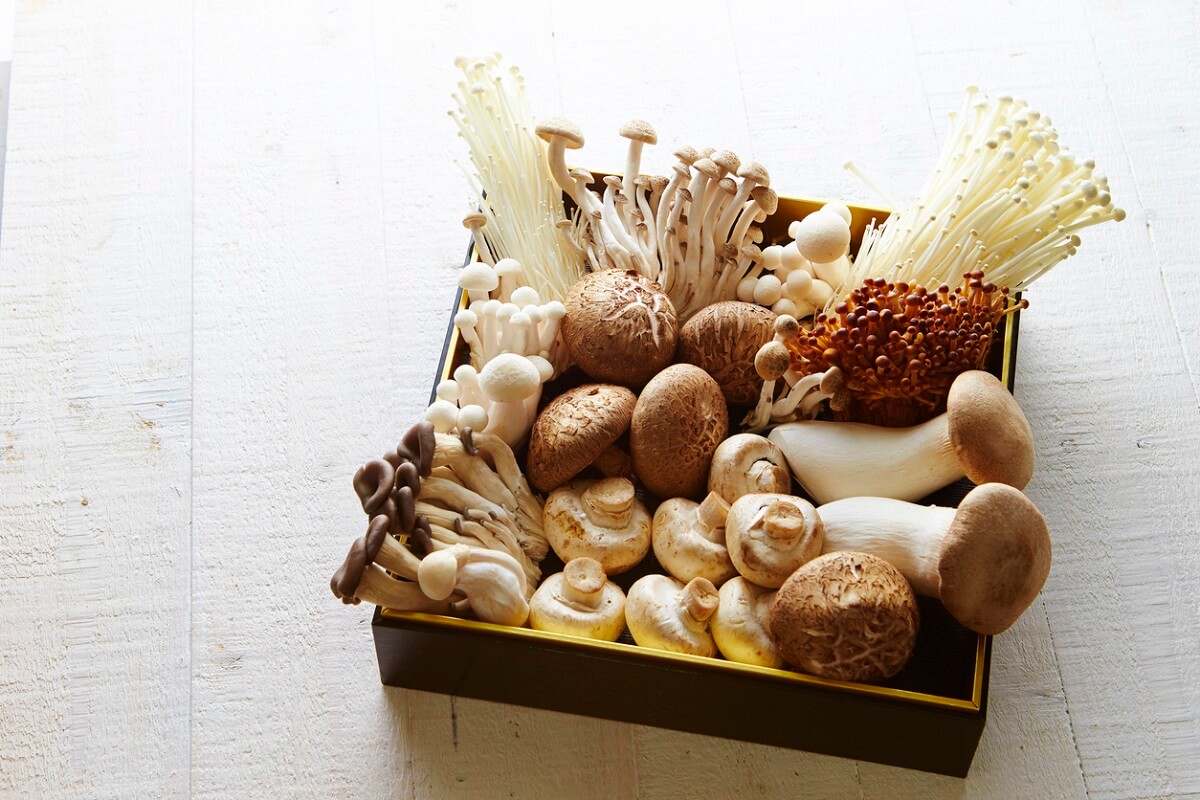Many decades ago, only four tastes dominated the culinary arena. Sour, bitter, salty, and sweet. However, towards the end of the 1800s, a Japanese chemist and European chef discovered a 5th taste known as umami. This flavor was plenty available in their bowls of earthy dashi and veal stock. While people termed it as pure imagination, many years later, science prevailed, and umami was formally included in the taste roster. The word umami has a Japanese origin which means the essence of deliciousness. Its taste is described as savory, delicious, meaty that deepens the flavor. Here are some of the things you need to know about umami powder.
1. Umami is not just a buzzword
Umami is the fifth core palate. In 2002, scientists discovered umami flavor receptors on the human tongue (together with sweet, bitter, salty, and sour taste buds). This means that umami is an inherent taste that is enjoyed universally.
2. Umami is present in our everyday meals
Technically, umami is a taste of amino acid glutamate, among the many building blocks of protein. Glutamate happens naturally in the body and in most tasty meals we take each day. These meals include aged cheese, tomatoes, cured meats, salmon, mushrooms, steak anchovies, and green tea.
3. UmaMi identified 11 decades ago in Japan
Originally, umami was first discovered by Dr. Kikunae Ikeda, a Japanese scientist. While taking a bowl of kelp broth known as kombu dashi, he realized that the savory taste was distant from the four core tastes of sour, sweet, salty, and bitter. He named this extra taste UMAMI, which means the essence of deliciousness in Japanese. He later realized that the umami taste was linked to glutamate.
4. Umami has three distinct properties
Three distinctive properties characterize umami. They include:
- Umami taste spreads across the entire tongue
- Umami is known to last longer than other core tastes
- Umami offers a mouthwatering sensation
4. Umami is simple to attain
Whether unintentionally or intentionally, we always add umami when we feel that the food lacks something. Cooking the meals with ingredients that contain glutamate will supplement the flavors in any meal. Umami has an outstanding stock of your pantry, including miso, ketchup, truffle oil, soy sauce, ranch dressing, and many more. Proteins like pork, fish, beef, and shellfish create strong umami foundations, while vegetables such as mushrooms, seaweeds, and tomatoes have high glutamate content. To get the purest form of umami taste, sprinkle a dash of MSG (monosodium glutamate. Add any mixture of these glutamate-rich ingredients to have your umami taste. You can also get umami powder in your local shops.




